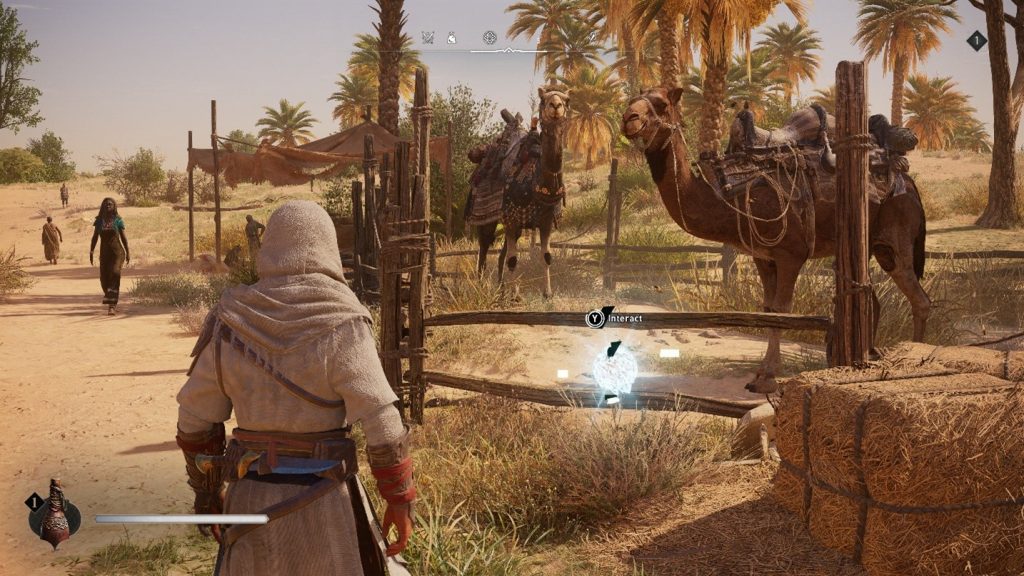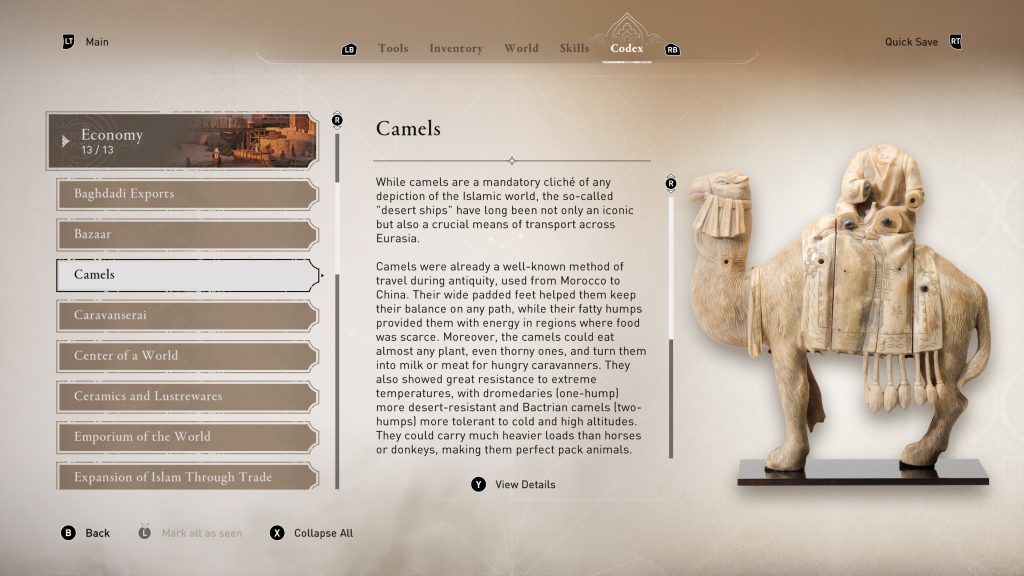Edinburgh-based art historian, Dr Glaire Anderson, has been instrumental in constructing the meticulously detailed environment of ninth-century Baghdad for the upcoming Assassin’s Creed Mirage. Ubisoft’s new game, set for worldwide release on October 12, 2023, will allow players to immerse themselves in the heart of the medieval Abbasid caliphate.

Dr Anderson, a faculty member at the University of Edinburgh’s College of Art, worked in conjunction with Ubisoft’s history team, contributing valuable knowledge about the medieval Islamic world, including aspects of history, art, architecture, archaeology, and civilisation.
Her efforts helped shape an innovative new feature, ‘History of Baghdad’, which grants players the chance to absorb rich historical details in an interactive fashion. This feature forms a critical part of the Assassin’s Creed Mirage experience, which follows the life of protagonist Basim Ibn Is’haq during the early years of his life in Baghdad.
Stéphane Boudon, Creative Director at Ubisoft Bordeaux, elucidates the objective behind the ‘History of Baghdad’. It is, he says, “a new historical codex feature – information that players can find in the world, telling them about the culture, tradition, and daily life of 9th-century Baghdad.”

In her role as a key advisor, Dr Anderson also conducted seminars on medieval Islamic Art for Ubisoft’s in-house history team and, together with her students, contributed directly to the ‘History of Baghdad’ feature. They assisted with reviewing texts and suggesting illustrations from various museum collections.
Players can look forward to exploring sixty-six historical sites in Assassin’s Creed Mirage, each providing a unique insight into the Abbasid era. These sites are divided into five categories: Art & Science; Beliefs and Daily Life; Court Life; Economy; and Government.
Ubisoft enlisted the expertise of four key advisors, including Edinburgh-based Dr Anderson, to ensure the accuracy of the representation of medieval Baghdad in Assassin’s Creed Mirage. The other advisors include Dr Vanessa Van Renterghem, Dr Ali Olomi, and Dr Raphaël Weyland, all eminent scholars in their respective fields.

Anderson, known for her specialisation in the history of medieval Islamic art and architecture, initially began using video game engines to visualise historical environments for her research. Her involvement in Assassin’s Creed, she says, was a means to “bring my work out of the university and share it with a broader audience.”
Reflecting on her impact through Assassin’s Creed, the Edinburgh-based historian, Dr Anderson said, “Ubisoft’s Assassin’s Creed games have introduced millions of players of all ages around the globe to medieval Islamic art, architecture, and history. That’s extraordinary impact.”
Ubisoft’s commitment to historical accuracy is evident in its collaboration with respected experts and partners. Thierry Noël, Head of Ubisoft’s Humanities & Inspiration Department, emphasised that the game “strives to be a gateway for players to discover more about the fascinating historical setting and eras it explores.”
With the extraordinary contributions of Dr Anderson and her team in Edinburgh, gamers worldwide will soon be able to experience the rich cultural milieu of ninth-century Baghdad in Assassin’s Creed Mirage.
Full Quote from Edinburgh Historian, Glaire Anderson
I showed my work to my son, who was about 11 at the time, and he said, ‘Oh mom, if you’re interested in that kind of stuff you should check out Assassin’s Creed!’ I did, and I loved how they were visualising medieval Islamic monuments and urban environments. Then, when I learned they were engaging with museums and academics to enhance the educational aspects of their games, I reached out to Ubisoft’s head of world-building, historian Maxime Durand.
The University’s commercialisation service, Edinburgh Innovations, helped me formalise the relationship.
The impact on my work has been dramatic. Collaborating with Ubisoft has allowed me to bring my work out of the university and share it with a broader audience of people of all ages who play video games. I respect what Ubisoft have achieved and how they are helping people engage with history.
I’ve taught approximately three or four thousand university students in the US and the UK about the architecture, art, and history of the caliphal period over the course of my career. That’s ordinary impact. Ubisoft’s Assassin’s Creed games have introduced millions of players of all ages around the globe to medieval Islamic art, architecture, and history. That’s an extraordinary impact.
For even more gaming news like this piece about Edinburgh historian Glaire Anderson contributing to the creation of Assassin’s Creed Mirage, click right here.